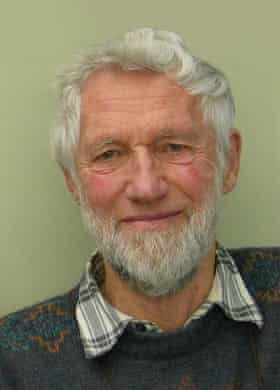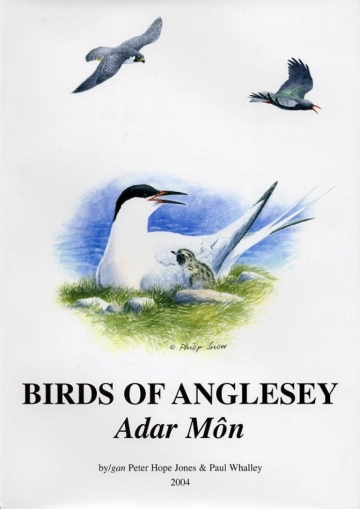Sad passing of Welsh naturalist and ornithologist Peter Hope-Jones

Peter Hope Jones ( 1935 - 13 July 2020 ) was a Welsh naturalist and influential figure in Welsh ornithology and he sadly passed away in July 2020. Llên Natur, the excellent Welsh nature publication, has just produced an item on his life and times in Llên Natur Bwletin 150. As they rightly say "We lost a giant among naturalists this month. Peter Hope Jones inspired a generation of Welsh naturalists with his exceptional expertise and gentle manner."
Peter Hope Jones was brought up in Prestatyn in Wales and went to college at Bangor to study Forestry. Whilst there he became involved with the University Bird Group, and involved himself in the monthly wildfowl counts on the Anglesey (Welsh: Ynys Môn) lakes. In March 1956 he was appointed Assistant Warden on Fair Isle (Old Norse: Friðarey; Scottish Gaelic: Fara), which is an island in Shetland, in northern Scotland. He worked under Warden Peter Davis and gained solid foundations in ornithology.
There followed a period of working as a volunteer on the Camargue marsh in southern France. In June 1960 he returned to Anglesey as Warden-Naturalist on Newborough National Nature Reserve for Nature Conservation. The following year he moved to Meirionnydd with nine reserves in his care. He surveyed the bird populations there in detail and published the results. Whilst there he also joined and helped run the local Rhinog Mountain Rescue Team. In 1968 an award allowed him to spend two months in the US studying wildlife conservation and management.
In the mid 1970s, Peter’s focus became seabirds. After his work following the wrecks of the Amoco Cadiz in Brittany and the Christos Bitas in Pembrokeshire, Peter devised what is to this day the standard practice for data-handling following such incidents. He monitored the effects of the North Sea oil industry on seabird populations as part of the government’s and Royal Society for the Protection of Birds (RSPB) response to the pumping of North Sea oil to Orkney, with implications of spillage and the destruction of breeding and wintering seabirds.
Peter settled back in Anglesey in 1983 and again worked on seabirds before studying Black Grouse for the RSPB, and later the Countryside Council for Wales. During this time he wrote The Natural History of Bardsey published by the University of Wales Press in 1988 and is regarded as the best general presentation of the Island's wildlife. Bardsey Island (Welsh: Ynys Enlli), is located off the Llŷn Peninsula in the Welsh county of Gwyneddand. He also became the first chairman and helped organise the first conference of the Welsh Ornithological Society (Welsh: Cymdeithas Adaryddol Cymru).
After retiring in 1993 he continued writing, including (with Ian Bonner) "A Contribution to the Flora of Bardsey" published by CCW in 2002. Also the bilingual book in Welsh and English "Birds of Anglesey (Adar Môn)" with Paul Whalley. He has had 148 published pieces of work and in 2012 he was awarded the Welsh Ornithological Society Lifetime Achievement Award. His driving force was nature conservation and strong commitment to ethics and human consciousness combined with the precision of a scientist. His belief that this attachment to nature could also make an immeasurable contribution to Human well-being.






